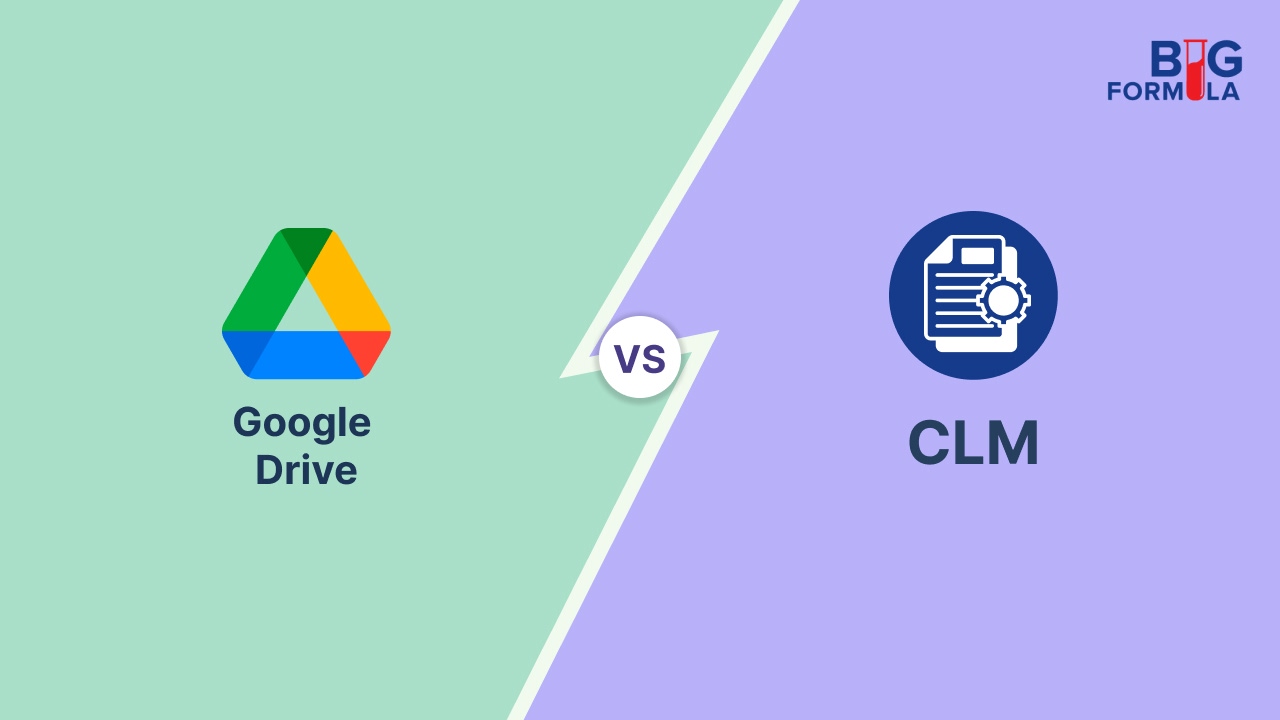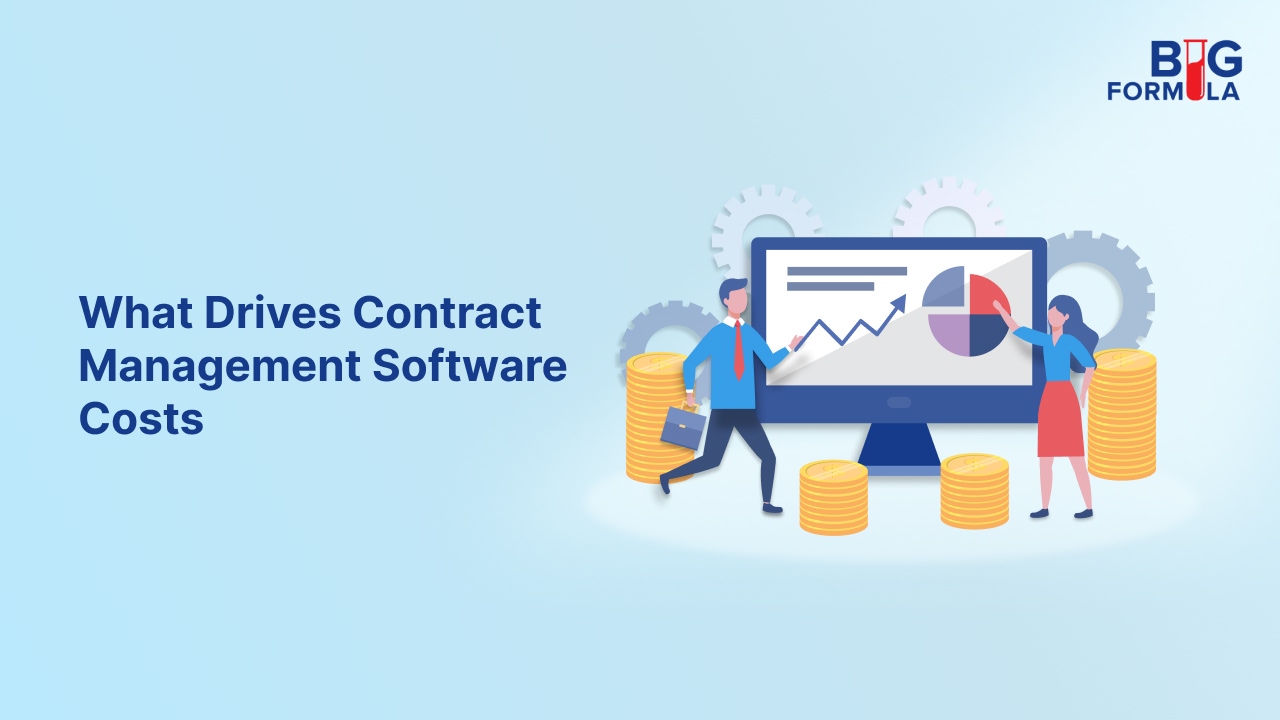Signs of Change: Tracking the evolution of e-Signatures and their Impact on the Future
One of the biggest consequences of remote working has been that now, the idea of ‘going paperless’ is actually a reality. And a key element in the transition has been the widespread use and acceptance of e-Signatures.

Off late, in the wake of a global pandemic and ensuing crises, businesses and organisations tasked with governance and the management of services and resources have suffered greatly – wreaking havoc on world economics and the lifelines of communities. While the pandemic limited public gatherings and prevented enterprises from executing their tasks properly, the post-pandemic era has been marked by resource shortages of all kinds. Added to it, with the ever-looming threat of climate change, industries across the spectrum have reckoned with unexpected challenges and have inevitably turned to technology and innovative solutions.
The need of the hour was remote working, but one of the biggest consequences of it was that now the idea of ‘going paperless’ is a reality. To eliminate paper totally or at least substantially, several governments and organisations throughout the world have chosen to integrate innovative electronic solutions into their processes. With lockdowns and social isolation restricting access to services, this endeavour not only helped lessen the pandemic’s constraints but also benefited manufacturers, providers, and other governing authorities with transparency, efficiency, and accuracy. And a key element in the transition has been the widespread use and acceptance of e-Signatures.
What is an e-Signature?
E-signatures, also known as digital signatures, have been around since the late 1990s. The first e-signature law was passed in the United States as early as in 2000. But since then, their use, the technology behind them and their reach and significance has grown exponentially. Closer to home, in India, traditional business environments have been completely overtaken by digitisation. It has prompted the nation to move towards a paperless economy by improving its digital infrastructure. And e-Signing has played a crucial role in the shift.
The Convenience of e-Signatures
E-signatures are becoming increasingly popular as a secure and convenient way to sign documents and contracts. They are now used in many industries, including banking, healthcare, insurance, and real estate and business functions like contract management; and their reach is only expected to grow in the coming years. With numerous businesses providing simple-to-use tools and features that make it simple to sign papers online, e-Signatures are increasingly becoming more user-friendly. A lot of service providers now include encryption and other security measures to protect documents and signatures, making the usage of e-signatures more secure.
E-Signatures and their Uses to Law Firms
The legal community at large has all but embraced the emerging tides of e-Signing and e-Witnessing. E-Signatures are now legally binding in many jurisdictions, and they provide a secure, efficient, and cost-effective way to execute documents – which used to be one of the legal industry’s most pressing problems. Saving time and money, e-Signatures have enabled lawyers to sign and execute documents quickly and securely. They have also made it easier to track and manage documents, as well as to store and share documents with clients. Ultimately, e-signatures have enabled lawyers to practice law remotely, allowing them to work from anywhere in the world and widen their reach and client-base.
e-Signatures the BIGFORMULA Way
At BIGFORMULA Solutions, our team of software engineers, developers, legal analysts, and tech experts have carefully analysed and compared existing solutions to create new and advanced platforms that guarantee better user experience, higher levels of safety and security and an enhanced authenticity to both e-Witnessing and e-Signing processes. Our solutions allow users the flexibility to draft, upload, prepare and shape documents to their best interest. Effectively working as online workplaces, they enable seamless document sharing where all concerned parties get the opportunity to contribute, review and digitally sign documents with ease. We calibrate our backends in such a way that the entire process is comprehensive yet coherent. As a bonus, our platforms are afforded the highest level of security currently available, ensuring that the documents and information shared remain exclusive and protected from unnecessary purview. Well-armed to tackle the changes that the future promises, particularly in the field of e-Witnessing and e-Signing, we programme one-stop digital solutions that aid in the complete creation, review, witnessing, signing and management of documents.
Conclusion
With technology advancing at this rapid a rate, it is safe to assume that the future is going to be predominantly tech driven. Businesses will move their processes to the digital realm and organisations, especially those working within the scope and reach of the law, will be required to adapt to the pressing requirements of the time. It is also safe to assume that this digital future will be hinged upon e-Signatures, or at least a much evolved and enhanced version of it. And to that future, we say: Here we come!
Curious to know more? Discuss your needs and goals with BIGFORMULA.
Reach out to us and schedule a Free Legal Tech Consultation.











